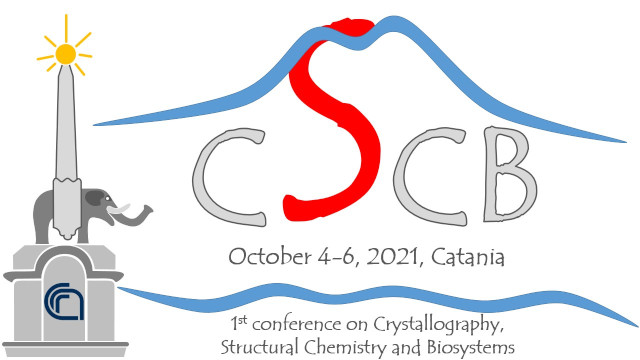Speaker
Description
The self-assembling of the amyloid β (Aβ) is considered an hallmark in the pathogenesis of Alzheimer’s disease (AD). Many efforts have been devoted in designing molecules able to halt disease progression by inhibiting Aβ self-assembly. We combine biophysical, biochemical and computational techniques to investigate the capacity of four optically pure components of the natural product silymarin (silybin A, silybin B, 2,3-dehydrosilybin A, 2,3-dehydrosilybin B) to inhibit Aβ aggregation. TEM analysis demonstrated that all the four investigated flavonoids prevent the formation of mature fibrils, however ThT assays, WB and AFM investigations showed that only silybin B was able inhibit the formation of small protofiber (considered the most toxic species) diverting the aggregation toward the formation of large amorphous aggregates. By using molecular dynamics (MD) simulations we observed that silybin B interacts mainly with the C-terminal hydrophobic segment 35MVGGVV40 of Aβ40 and the peptide conformation remains predominantly unstructured along all the simulations. By contrast, silybin A interacts preferentially with the segments 17LVFF20 and 27NKGAII32 of Aβ40 which shows a high tendency to form bend, turn, and β-sheet conformation in and around these two domains. Both 2,3-dehydrosilybin enantiomers bind preferentially the segment 17LVFF20 but lead to the formation of different small-sized, ThT-positive Aβ aggregates. Finally, in vivo studies in a transgenic Caenorhabditis elegans strain expressing human Aβ indicated that silybin B is the most effective of the four compounds in counteracting Aβ proteotoxicity. This study underscores the pivotal role of stereochemistry in determining the neuroprotective potential of silybins and points to silybin B as a promising lead compound for further development in anti-AD therapeutics.

